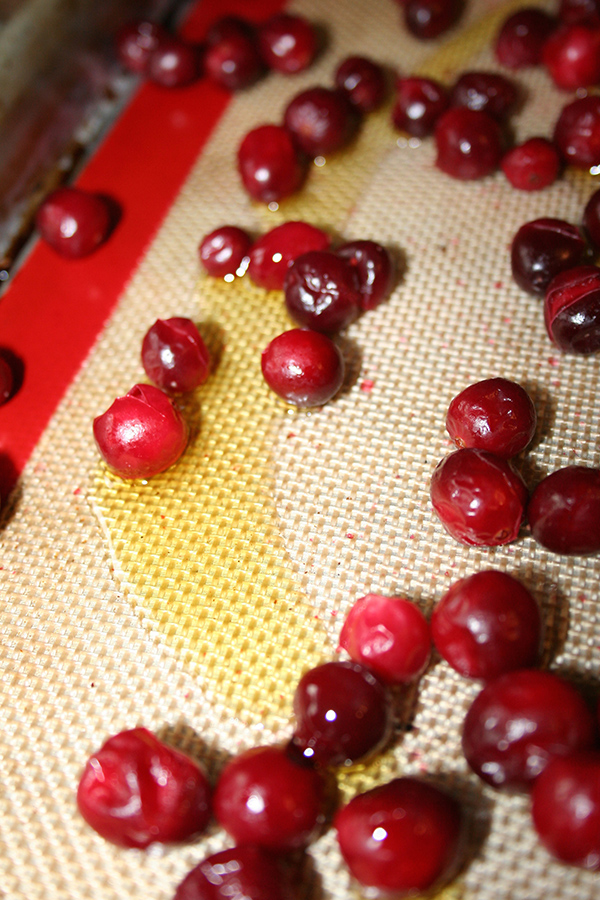This is a chocolate cake mix. And a beer. What happens when you bake them up together?
Well, it being that tomorrow (1/27) is National Chocolate Cake Day, and that I have been snow-bound in the house for the last few days, I decided to bring on #whathappenswednesday a little early to find out.
This type of experiment seems like a really good idea when you're stuck in the snow.
So I preheated the oven to 350, per the box instructions.
But instead of the requested added ingredients (1/4 cup oil; 1 cup water; 3 eggs) I altered it a little bit and added a bottle (12 ounces) of dark beer, 1/2 cup oil, and 2 eggs.
I mixed it all up with a fork (that is a tip I got from my older sister; mixing cake mix with a fork is so much better than with a wooden spoon! Once the eggs are broken up and mixed, you can switch back to a wooden spoon).
I decided to make it in a bundt pan because, well, I recently acquired a new one and there were instructions for bundt baking on the cake mix instructions.
I baked it for 39 minutes, which was the low end of what the mix suggested.
I have to say, it came out smelling--and looking--pretty darned good.
But how did it taste?
This cake was unique. I was really glad I chose a chocolate cake mix to work with this dark, hoppy beer, because I think that if I had used, say, a yellow cake, the beer would have imparted a bitterness on the cake that would not have worked (probably a lighter beer would have worked with a lighter cake, though). However, I think chocolate is sturdy and robust enough to work with the bitterness of a dark beer, so that instead of being weird, it becomes complex.
I ended up using the same ganache I used to top my chocolate cream filled bundt cake.
All things considered: using beer in a cake mix works very well.
The flavor is definitely not for everyone (especially kids - not only because of the alcohol, but because the flavor is a little too complex) but it sure is interesting. I think that the dark, hoppy beer made it especially complex--perhaps a smoother stout beer would have worked better (I already know Guinness works great in cake!). But overall, if you love beer and you love chocolate cake, this is worth trying.
If you want to try this, here's what you do:
- Grab a cake mix (for a regular layer cake, not a pound cake or anything out of the norm), and then grab a beer that you think will work, flavor-wise, with the flavor of the cake. No, I am not sure what beer pairs best with funfetti.
- Ignore the additions called for in the recipe, and mix the powder with 1 twelve-ounce beer, 1/2 cup of oil, and 2 eggs.
- Bake for the time suggested on the box, and follow instructions for unmolding and cooling. Frost (of course) and enjoy!











































































































































